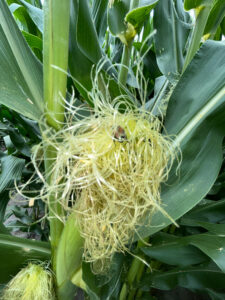
Considerations for Fungicide Applications in North Carolina Corn
Current Situation in North Carolina Corn is currently at the tasseling and silking stages across the state, which is typically …


El inglés es el idioma de control de esta página. En la medida en que haya algún conflicto entre la traducción al inglés y la traducción, el inglés prevalece.
Al hacer clic en el enlace de traducción se activa un servicio de traducción gratuito para convertir la página al español. Al igual que con cualquier traducción por Internet, la conversión no es sensible al contexto y puede que no traduzca el texto en su significado original. NC State Extension no garantiza la exactitud del texto traducido. Por favor, tenga en cuenta que algunas aplicaciones y/o servicios pueden no funcionar como se espera cuando se traducen.
Inglês é o idioma de controle desta página. Na medida que haja algum conflito entre o texto original em Inglês e a tradução, o Inglês prevalece.
Ao clicar no link de tradução, um serviço gratuito de tradução será ativado para converter a página para o Português. Como em qualquer tradução pela internet, a conversão não é sensivel ao contexto e pode não ocorrer a tradução para o significado orginal. O serviço de Extensão da Carolina do Norte (NC State Extension) não garante a exatidão do texto traduzido. Por favor, observe que algumas funções ou serviços podem não funcionar como esperado após a tradução.
English is the controlling language of this page. To the extent there is any conflict between the English text and the translation, English controls.
Clicking on the translation link activates a free translation service to convert the page to Spanish. As with any Internet translation, the conversion is not context-sensitive and may not translate the text to its original meaning. NC State Extension does not guarantee the accuracy of the translated text. Please note that some applications and/or services may not function as expected when translated.
Collapse ▲
Current Situation in North Carolina Corn is currently at the tasseling and silking stages across the state, which is typically …
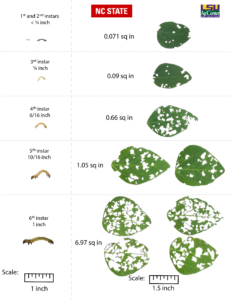
Authors: Igor Sulzbacher Schardong (NC State University), Dominic D. Reisig (NC State University), Berenice Romero (Louisiana State University), Jeff Davis, (Louisiana State …

Soybean can tolerate considerable defoliation before it loses yield. Common major defoliating pest species in NC include bean leaf …

Article by Alexis Alsdorf, NC State Department of Entomology and Plant Pathology PhD student Helicoverpa zea (corn earworm or bollworm) …
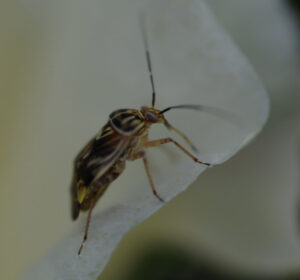
As cotton starts to square, it’s time for growers to check their fields every week for tarnished plant bugs. …
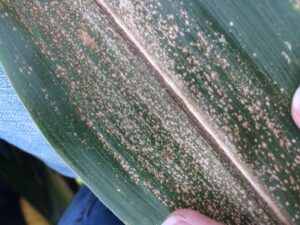
Are the spots circular with tan centers and purple to dark brown margins, possibly surrounded by yellow halos? → …
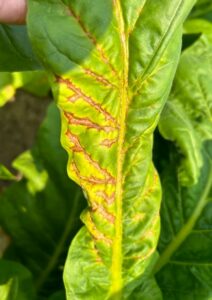
With TSWV showing up in more fields this season, Lorena Lopez and I pulled together a quick factsheet on …

With such a wet May, y’all are probably seeing an uptick in leaf spots on corn, but there’s no …

Quite a few folks have been wondering about thrips applications, as cotton is still going into the ground, some …
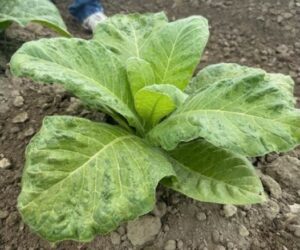
Tobacco Mosaic Virus (TMV) is one of the most persistent and easily spread viruses in tobacco. Here’s what you …
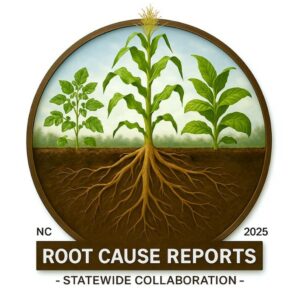
Root Cause Reports Turning Local Problems into Statewide Solutions Beans Gone Wild began as a tool to capture and share real-time …
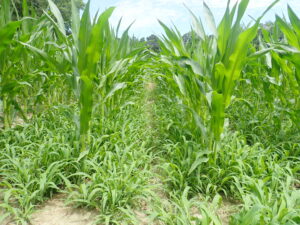
Glyphosate has long been a cornerstone herbicide for weed control across a range of cropping systems. However, its widespread …

The corn leafhopper (Dalbulus maidis) is a pest of corn that typically lives in warm places, such as areas …

With planters rolling, we urge growers to think about thrips management now. This article will cover 1) the Thrips Infestation …
The Thrips Infestation Predictor for Cotton is now working correctly. This follow up article details how to use best this …
The NC State University Thrips Infestation Predictor for Cotton is currently experiencing technical issues and is not forecasting thrips …

With low cotton prices, growers are rightly looking to reduce the cost of production. This previous article details why …
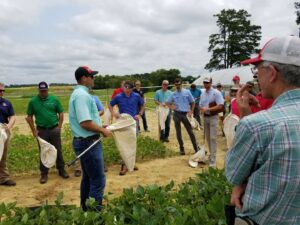
With cotton prices down, many growers are looking for ways to cut production costs. This article emphasizes the importance …
Every year, entomologists from the National Cotton States Arthropod Pest Management Working Group are polled on insecticide efficacy. This …
Every year, entomologists from the National Cotton States Arthropod Pest Management Working Group are polled on insecticide efficacy. This group consists …

This factsheet for farmers describes concepts, terminology, and guidelines concerning soil sampling. Proper testing allows …
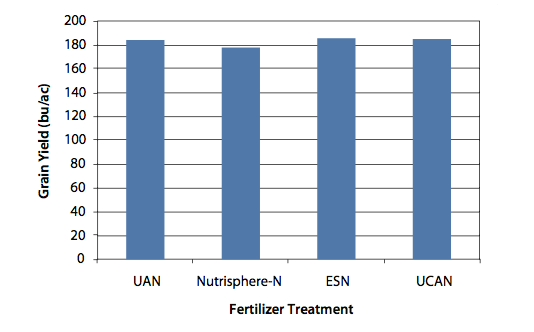
Nitrogen fertilizer products are being developed and marketed as having the potential to increase yields and …
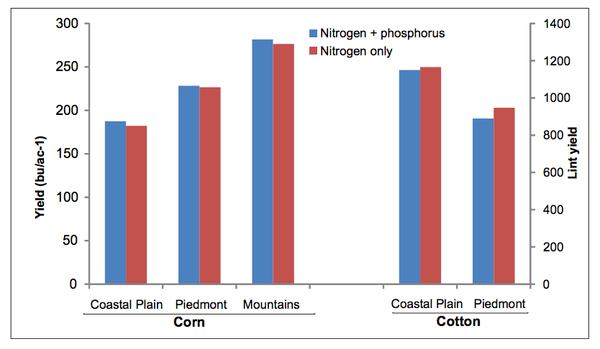
Phosphorus (P) is the second most important nutrient in crop production but is often found …

This factsheet describes the symptoms of a shoot inhibitor herbicide injury.

This factsheet describes the symptoms of a metribuzin herbicide injury.

This factsheet describes the symptoms of a dichlobenil herbicide injury.
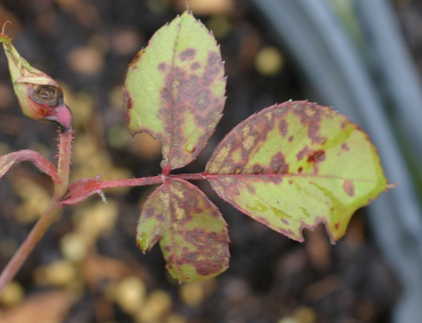
This factsheet describes the symptoms of a protoporphyrinogen oxidase inhibitor herbicide injury.
This factsheet summarizes the symptoms and management of stubby-root nematodes in soybean in North Carolina.